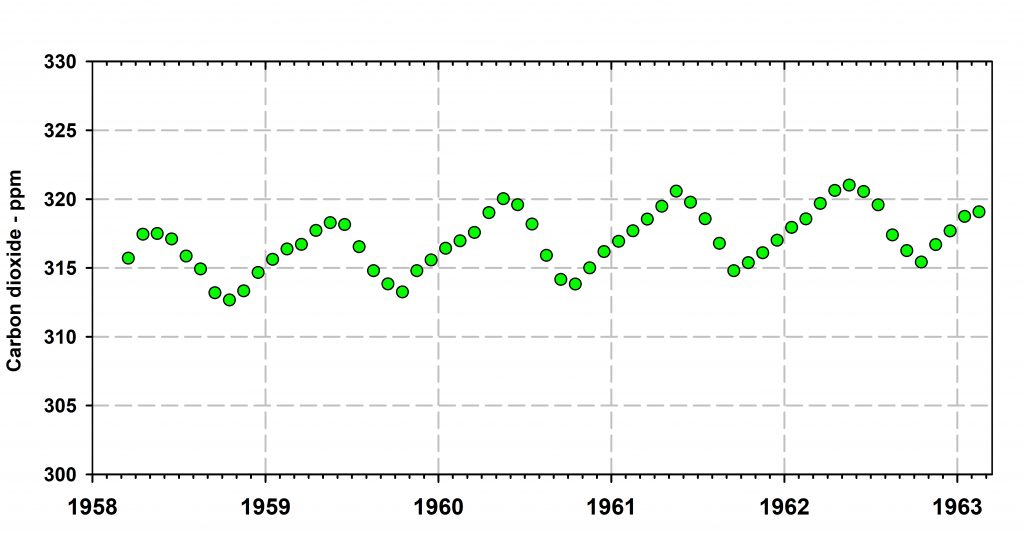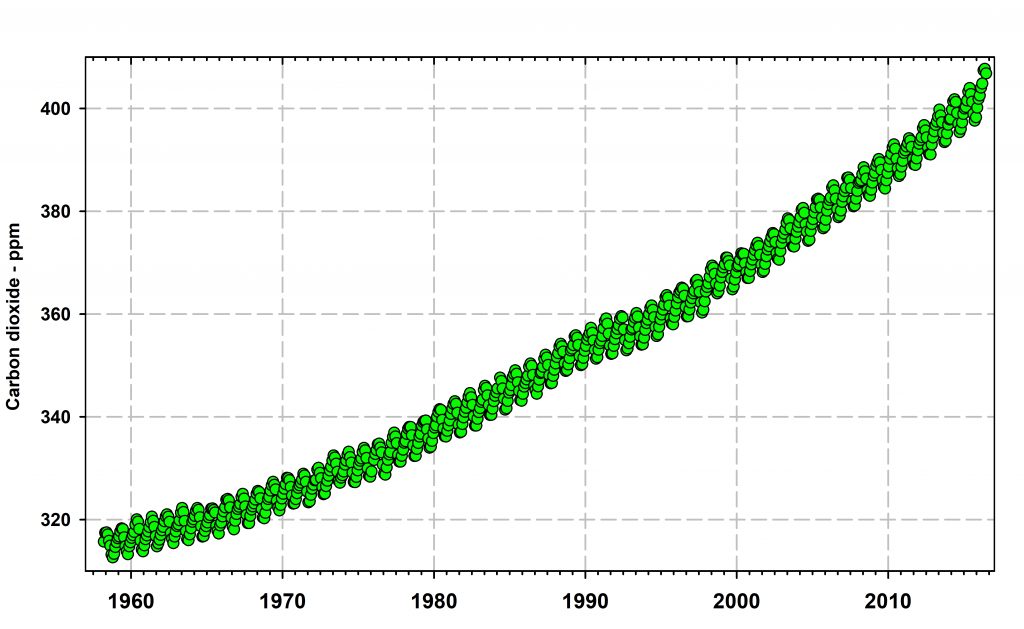Consider two young ecologists both applying for the same position in a university or an NGO. To avoid a legal challenge, I will call one Ecologist C (as short for “conservative”), and the second candidate Ecologist L (as short for “liberal”). Both have just published reviews of conservation ecology. Person L has stated very clearly that the biological world is in rapid, catastrophic collapse with much unrecoverable extinction on the immediate calendar, and that this calls for emergency large-scale funding and action. Person C has reviewed similar parts of the biological world and concluded that some groups of animals and plants are of great concern, but that many other groups show no strong signals of collapse or that the existing data are inadequate to decide if populations are declining or not. Which person will get the job and why?
There is no answer to this hypothetical question, but it is worth pondering the potential reasons for these rather different perceptions of the conservation biology world. First, it is clear that candidate L’s catastrophic statements will be on the front page of the New York Times tomorrow, while much less publicity will accrue to candidate C’s statements. This is a natural response to the ‘This Is It!” approach so much admired by thrill seekers in contrast to the “Maybe Yes, Maybe No”, and “It Is Complicated” approach. But rather than get into a discussion of personality types, it may be useful to dig a bit deeper into what this question reveals about contemporary conservation ecology.
Good scientists attempting to answer this dichotomy of opinion in conservation ecology would seek data on several questions.
(1) Are there sufficient data available to reach a conclusion on this important topic?
(2) If there are not sufficient data, should we err on the side of being careful about our conclusion and risk “crying wolf”?
(3) Can we agree on what types of data are needed and admissible in this discussion?
On all these simple questions ecologists will argue very strongly. For question (1) we might assume that a 20-year study of a dominant species might be sufficient to determine trend (e.g. Plaza and Lambertucci 2020). Others will be happy with 5 years of data on several species. Can we substitute space for time? Can we simply use genetic data to answer all conservation questions (Hoffmann et al. 2017)? If the habitat we are studying contains 75 species of plants or invertebrates, on how many species must we have accurate data to support Ecologist L? Or do we need any data at all if we are convinced about climate change? Alfonzetti et al, (2020) and Wang et al. (2020) give two good examples of data problems with plants and butterflies with respect to conservation status.
For question (2) there will be much more disagreement because this is not about the science involved but is a personal judgement about the future consequences of projected trends in species numbers. These judgements are typically based loosely on past observations of similar ecological populations or communities, some of which have declined in abundance and disappeared (the Passenger Pigeon Paradigm) or conversely those species that have recovered from minimal abundance to become common again (the Kirtland’s Warbler Paradigm). The problem revolves back to the question of what are ‘sufficient data’ to decide conservation policies.
Fortunately, most policy-oriented NGO conservation groups concentrate on the larger conservation issues of finding and protecting large areas of habitat from development and pushing strongly for policies that rein in climate change and reduce pollution produced by poor business and government practices.
In the current political and social climate, I suspect Ecologist L would get the job rather than Ecologist C. I can think of only one university hiring in my career that was sealed by a very assured candidate like person L who said to the departmental head and the search committee “Hire me and I will put this university on the MAP!”. We decided in this case we did not want to be on that particular MAP.
At present you can see all these questions are common in any science dealing with an urgent problem, as illustrated by the Covid-19 pandemic discussions, although much more money is being thrown at that disease issue than we ever expect to see for conservation or ecological science in general. It really is complicated in all science that is important to us.
Alfonzetti, M., et al. (2020). Shortfalls in extinction risk assessments for plants. Australian Journal of Botany 68, 466-471. doi: 10.1071/BT20106.
Hoffmann, A.A., Sgro, C.M., and Kristensen, T.N. (2017). Revisiting adaptive potential, population size, and conservation. Trends in Ecology & Evolution 32, 506-517. doi: 10.1016/j.tree.2017.03.012.
Plaza, P.I. and Lambertucci, S.A. (2020). Ecology and conservation of a rare species: What do we know and what may we do to preserve Andean condors? Biological Conservation 251, 108782. doi: 10.1016/j.biocon.2020.108782.
Wang, W.-L., Suman, D.O., Zhang, H.-H., Xu, Z.-B., Ma, F.-Z., and Hu, S.-J. (2020). Butterfly conservation in China: From science to action. Insects (Basel, Switzerland) 11, 661. doi: 10.3390/insects11100661.

